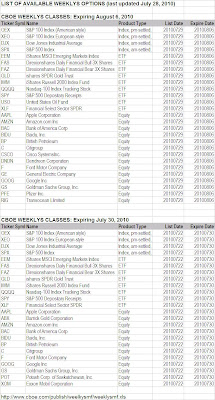What a difference a week makes. Before the Independence Day the world was going to end in ruin. After, all the troubles are gone, at least from the US stock market. Fundamentals be damned, they don't change from week to week! What a bore!
As algo bots busily and dutifully working every microsecond of the day (and night) with the self-sameness, the humans that still inhabit the financial media outlets are doing their best to craft a narrative depending on the market direction of the day (sometimes of the hour), which has little to do with the reality on Main Street.
Since these bots like beta and leverage, IF they are planning to ramp up the market even further (until the
Cardinal Climax hits), what better tool to hitch that ride than a triple-long ETF?
Here's a daily 9 month chart of FAS, triple-long financial ETF. The candlestick chart looks like a crap, full of gaps. Who in the sane mind wants to trade this? Or for that matter, any stock in this market?

Since the bots seems to like Fibonacci retracement numbers, I put in two sets of Fibs: one from May high to July low, the other from April high to July low. Today, it passed the 38.2% retracement to May high.
The biggest gaping gap exists between 50% and 61.8% retracement to April high. If this gap is filled, FAS will be about $31. It closed today at $23.57.
Now, is there any hint on the technical indicators that supports this bullish scenario? In fact there is. More than one. First is MACD. Notice the positive divergence developing. The second is ultra-slow stochastics (89), which just crossed above 20. If this stays above 20, it may be a buy signal.
The buy signal may be short-lived, though. J.P.Morgan Chase (JPM) will report its earnings during Thursday premarket, Bank of America (BAC) and Citigroup (C) during Friday premarket. In previous two earnings, JPM was sold hard despite beating the estimates.
If you got FAS, maybe it's safe to sell tomorrow and avoid the heart attack waiting for JPM to report on Thursday morning.
Oh I forgot. Fundamentals don't matter.
Algo bots have their own minds. As I wrote on the chart, if the chart is somehow plotted in 3D with data that is not represented in this 2D chart (data like each individual trade size and price done by the bots), it may become a beautiful
Lorenz attractor and it may all make sense.















